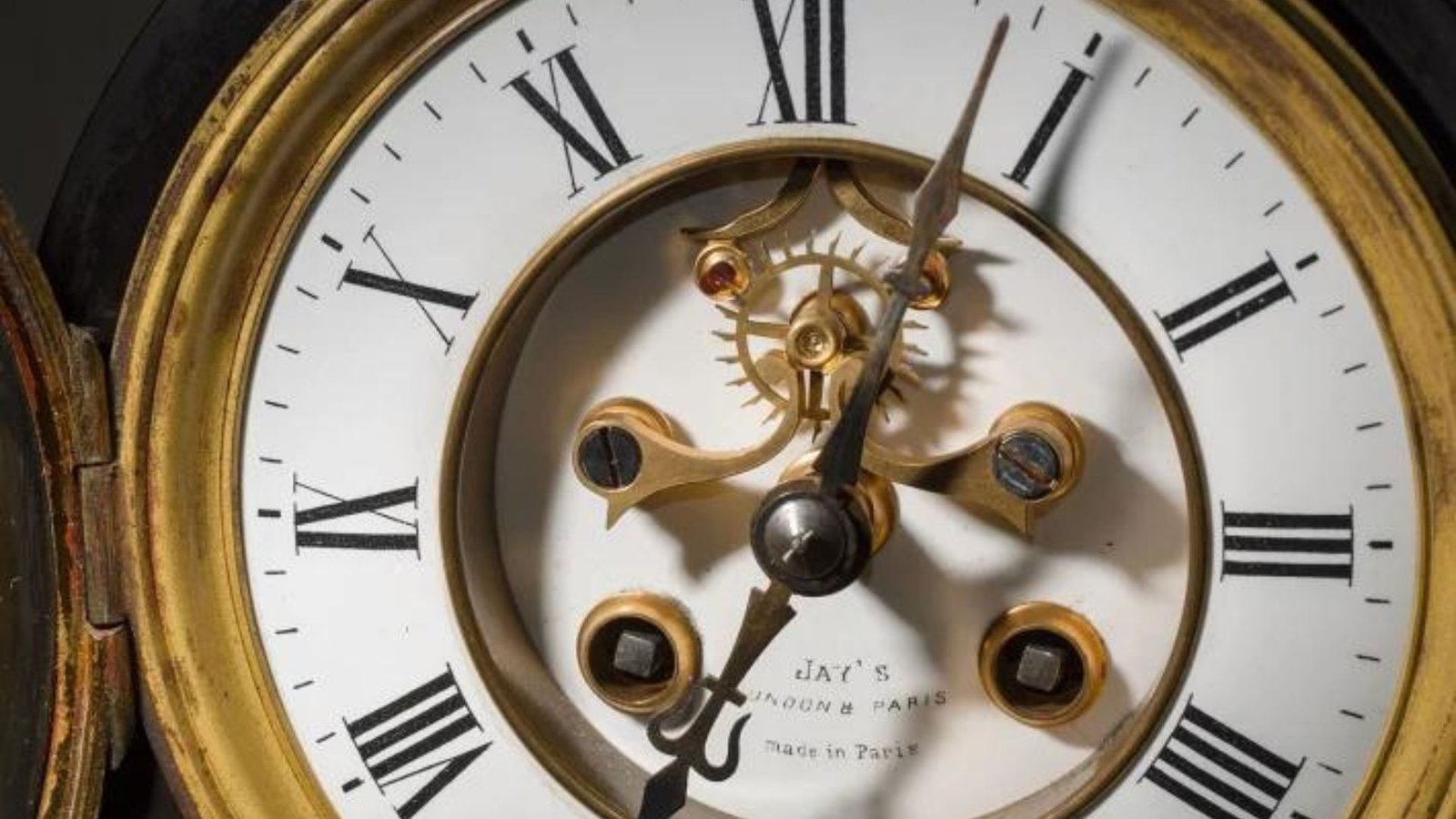Antique grandfather clocks are not just timepieces; they are historical artifacts that represent centuries of craftsmanship, artistry, and innovation. Their majestic presence in homes, castles, and institutions has made them iconic symbols of elegance and tradition. This article takes a deep dive into the history of antique grandfather clocks, tracing their origins, evolution, and cultural significance.

The Origins of Grandfather Clocks
The history of grandfather clocks begins in the late 17th century in England, where the first longcase clocks were developed.
- The invention of the pendulum clock: In 1656, Dutch scientist Christiaan Huygens revolutionized timekeeping with the invention of the pendulum clock. This allowed clocks to keep time more accurately than previous timepieces, which often relied on weight-driven mechanisms.
- Early designs: Early longcase clocks, later known as grandfather clocks, were housed in tall wooden cases to protect the pendulum and weights from dust and tampering. These clocks were initially handmade by artisans and were considered luxury items, only affordable by the wealthy.
The Name “Grandfather Clock”
The term “grandfather clock” became popular after the 1876 song My Grandfather’s Clock by American songwriter Henry Clay Work. The song told the story of a clock that had stood in a family home for over 90 years, only stopping when the grandfather passed away. The song’s popularity led to longcase clocks being commonly referred to as “grandfather clocks.”
The Evolution of Grandfather Clock Design
Over the centuries, the design of grandfather clocks evolved, reflecting changes in fashion, technology, and craftsmanship.
- Baroque period (17th century): During this era, clocks were heavily decorated with intricate carvings and elaborate designs. The cases were often made from dark woods like oak or walnut, showcasing the grandeur and wealth of their owners.
- Georgian era (18th century): Clocks during this period were more refined, with lighter woods such as mahogany becoming popular. The clock faces were also embellished with brass or silver dials, and Roman numerals were often used.
- Victorian era (19th century): The Victorian period saw an increase in mass production, making grandfather clocks more accessible. The designs became more diverse, with a focus on both functional and ornamental features. Many Victorian grandfather clocks featured glass fronts to display the swinging pendulum.
The Technological Advancements in Clockmaking
Grandfather clocks were not only admired for their beauty but also for their technological innovations over time.
- The 8-day movement: In the early days of grandfather clocks, many had to be wound daily. However, as clockmaking advanced, the 8-day movement was developed, allowing clocks to run for a week on a single winding.
- Chime mechanisms: Many antique grandfather clocks included chime mechanisms that played tunes like Westminster or Whittington chimes on the hour or quarter-hour. This added a musical element to timekeeping and further enhanced the clock’s appeal.
The Role of Grandfather Clocks in Society
Throughout history, grandfather clocks have played significant roles in homes and institutions:
- Symbols of status and wealth: Owning a grandfather clock was a sign of social status. In wealthier homes, these clocks were often displayed in prominent rooms to impress visitors.
- Timekeepers for public spaces: Grandfather clocks were also installed in churches, courthouses, and government buildings to ensure accurate timekeeping for entire communities. They were highly valued for their precision.
- Heirlooms: Many families passed down grandfather clocks from generation to generation, giving them sentimental value beyond their function as timepieces.
Grandfather Clocks in the Modern Era
Today, antique grandfather clocks remain highly sought after by collectors and enthusiasts. While modern technology has made timekeeping devices more accurate and compact, the charm and craftsmanship of these antique clocks are timeless.
- Restoration and preservation: Many collectors invest in restoring antique grandfather clocks to preserve their historical significance. These clocks are not only appreciated for their ability to keep time but also as works of art and craftsmanship.
- Continued legacy: While modern design has taken over much of the clockmaking industry, companies still produce grandfather clocks inspired by antique designs. These clocks often combine modern precision with traditional aesthetics, continuing the legacy of longcase clocks in contemporary homes.
Conclusion
Antique grandfather clocks have a rich history that spans centuries, blending technological innovation with artistic craftsmanship. From their origins in 17th-century England to their enduring legacy today, these timepieces remain a symbol of elegance and tradition. Whether they serve as functional timekeepers or as cherished family heirlooms, grandfather clocks continue to captivate and inspire.





Hoki108, always bringing the good vibes! Love the variety of games they have. It’s my lucky spot when I want to have some fun. Give it a try! hoki108.